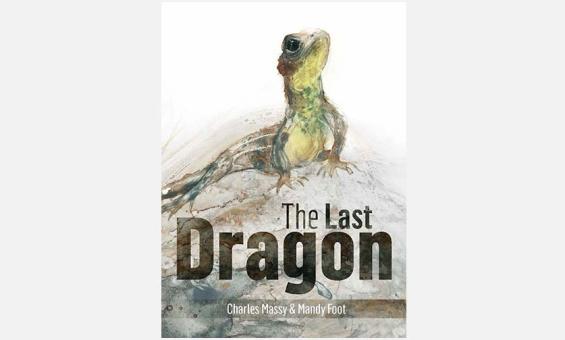Digital Classroom
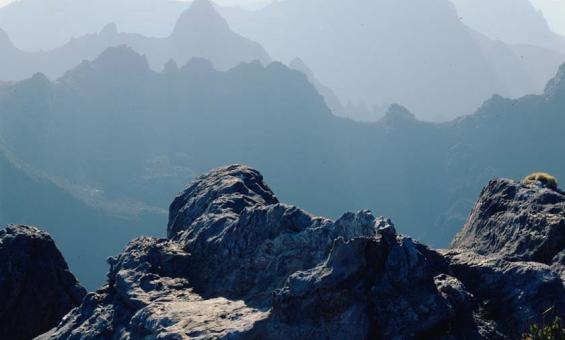
Dombrovskis, Peter, 1945-1996. (1995). Frankland Range, Southwest National Park, Tasmania, 1995 [transparency] / Peter Dombrovskis. nla.gov.au/nla.obj-150007802
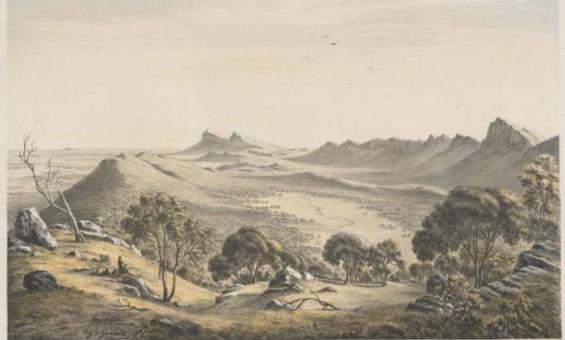
Von Guerard, Eugene, 1811-1901. Eugene Guerard's Australian landscapes. (1867). Source of the Wannon [picture] / Eug. v. Guérard. nla.gov.au/nla.obj-135740687
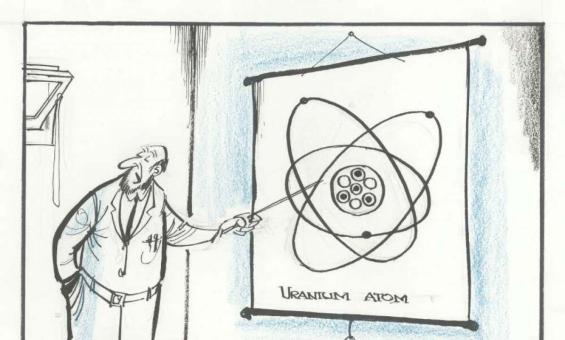
McCrae, Stewart, 1919-. (1963). "Of course, in the matter of uranium, it's a case of the atom splitting people!" [Nuclear physicist giving a lecture on the uranium atom] [picture]/ McCrae. nla.gov.au/nla.obj-145842939
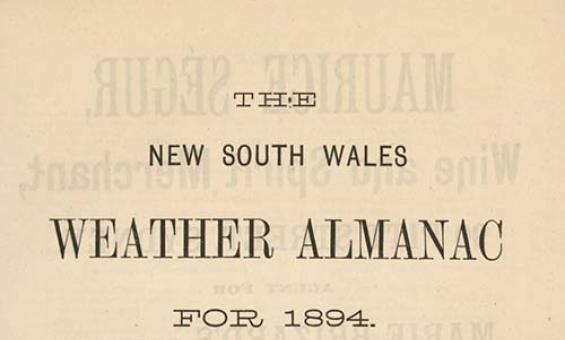
New South Wales weather almanac for ... : a general handbook for the year, 1894, nla.gov.au/nla.obj-406743496
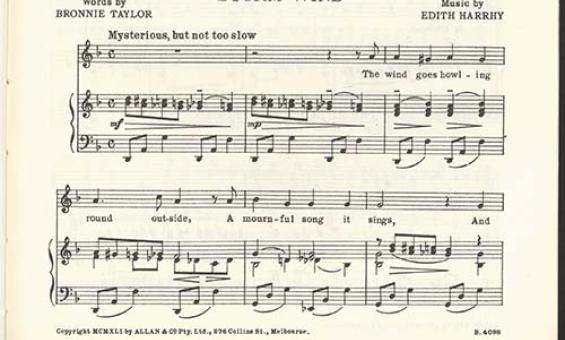
Edith Harrhy & Bronnie Taylor, Songs for young Australians [music] / words by Bronnie Taylor ; music by Edith Harrhy, 1941, nla.gov.au/nla.obj-175231656

Mulligan, J. A. (John Aloysius), 1927-1996. (1970). Sir Mark Oliphant lecturing at the University of Sydney, 1 September 1970 [1] [picture] / John Mulligan. nla.gov.au/nla.obj-145323842

Australian News and Information Bureau. [Portrait of Howard Florey] [picture] / [Australian News and Information Bureau]. nla.gov.au/nla.obj-136743351
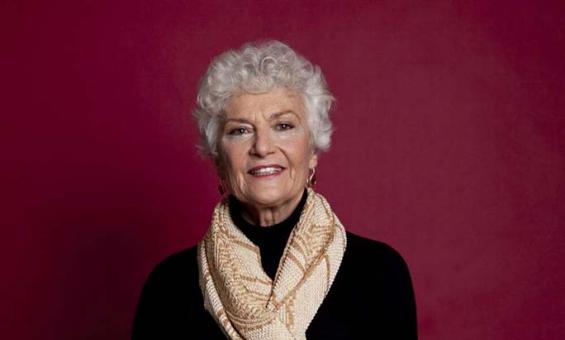
Gostelow, Philip, 1962-. (2013). Professor Fiona Stanley at the Telethon Institute for Child Health Research, Subiaco, Perth, 21 August 2013 / Philip Gostelow. nla.gov.au/nla.obj-153312966

McDonald, Damian, 1971-. (1999). Portrait of Nancy Millis [picture] / Damian McDonald. nla.gov.au/nla.obj-144499251
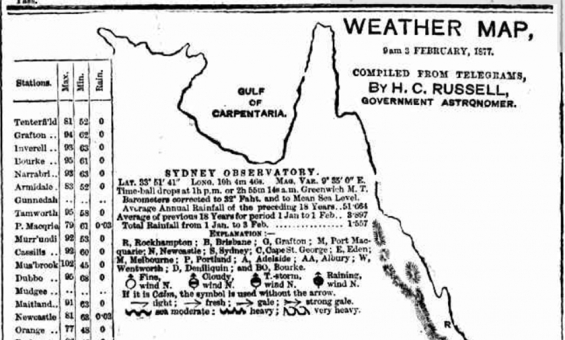
WEATHER MAP, 9 am 3 FEBRUARY, 1877. (1877, February 5). The Sydney Morning Herald (NSW : 1842 - 1954), p. 6. nla.gov.au/nla.news-article13389140
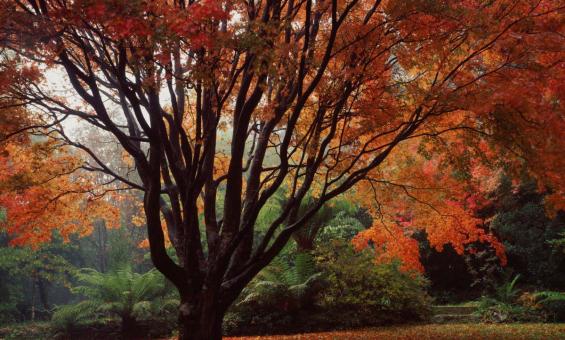
Dombrovskis, Peter, 1945-1996. (1993). Acer in autumn, Dombrovskis' garden, Fern Tree, Tasmania, 1993? [transparency] / Peter Dombrovskis. nla.gov.au/nla.obj-150387361
